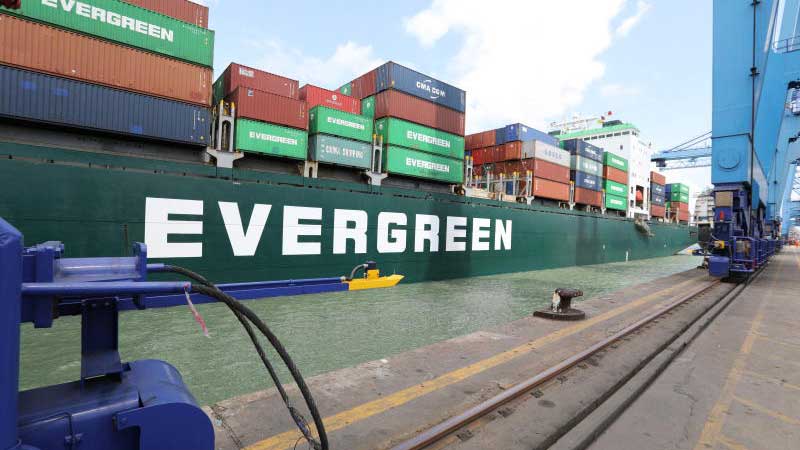×
The Standard e-Paper
Kenya's Bold Newspaper

It is quite telling that presently, the port of Mombasa is losing a chunk of Rwanda’s business to Dar es Salaam. Granted, one reason for this is the short distance from Tanzania’s port into Rwanda but the second and most important reason is the improved efficiency of Dar’s port that has seen businesses move their goods faster and with significantly less administrative hassle.